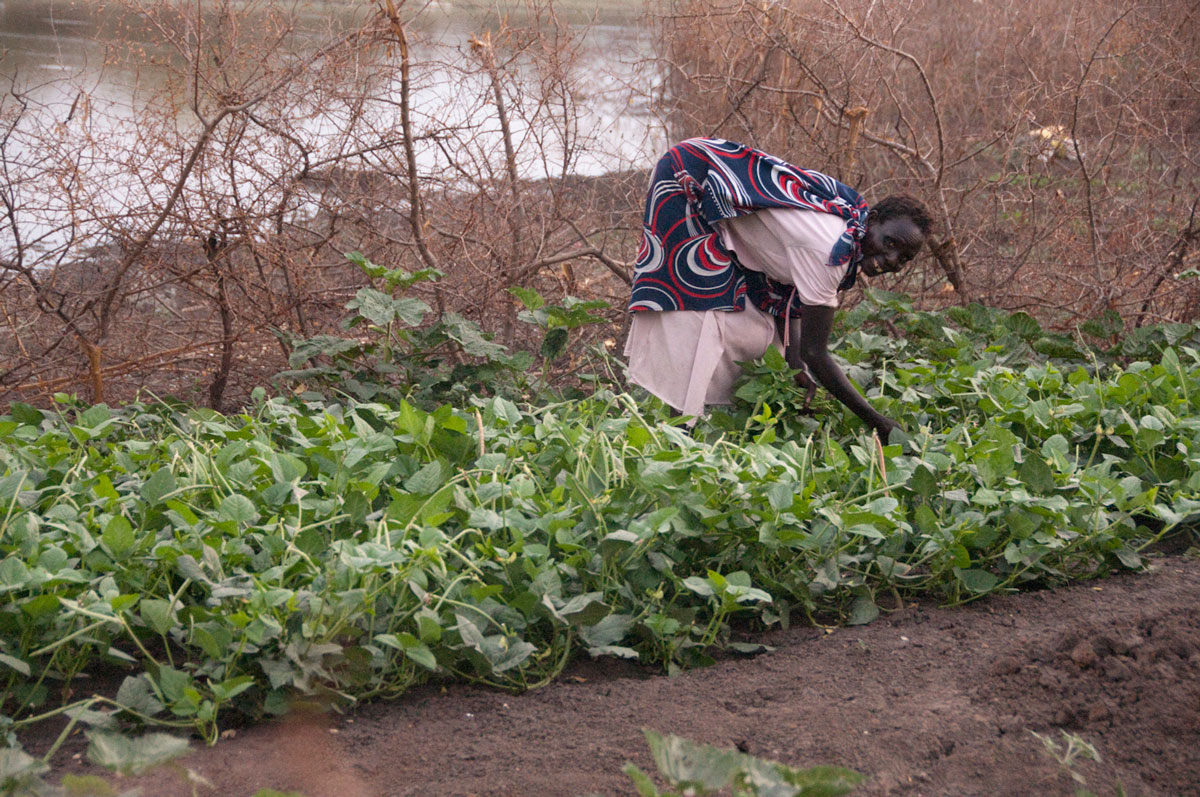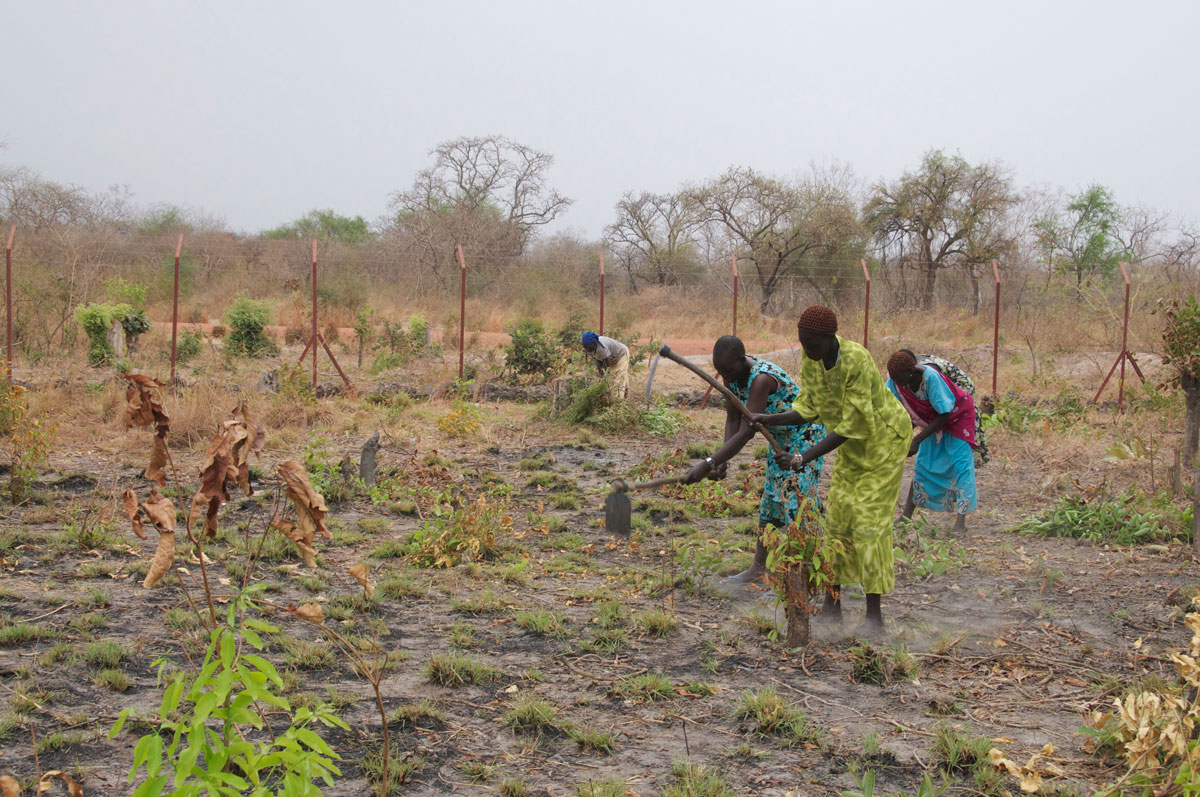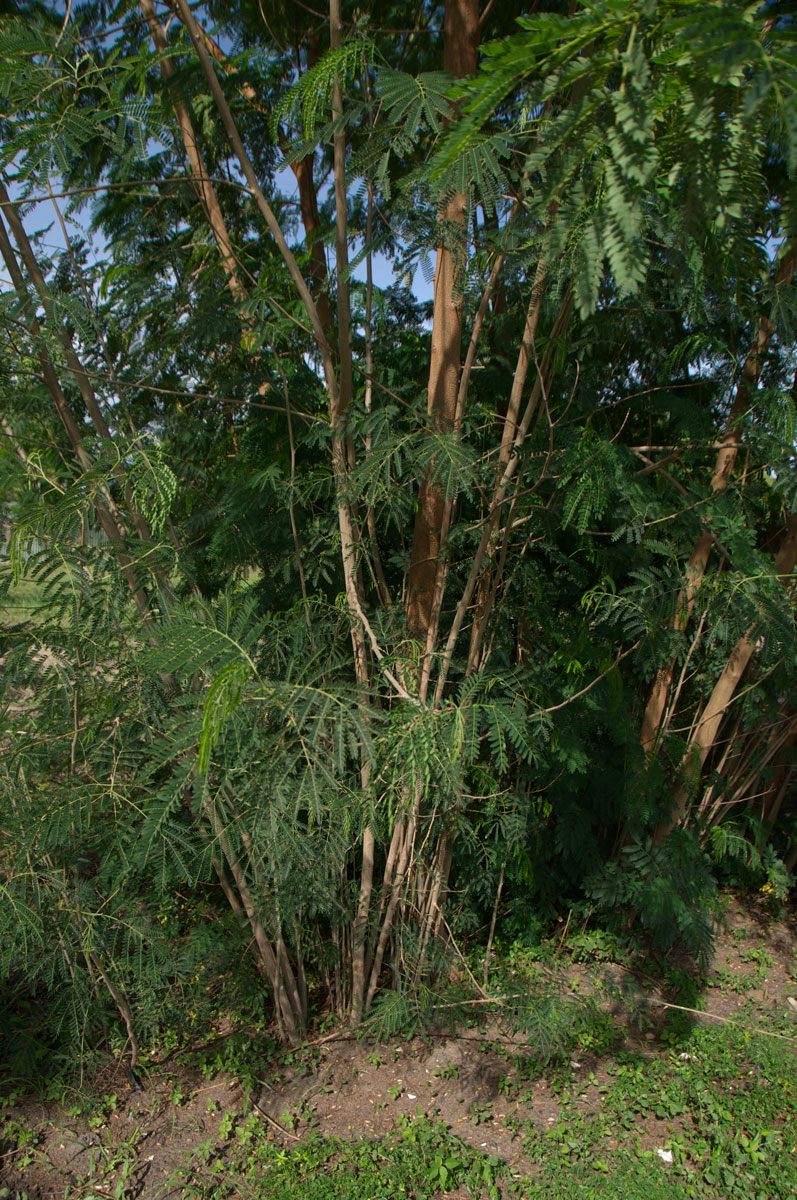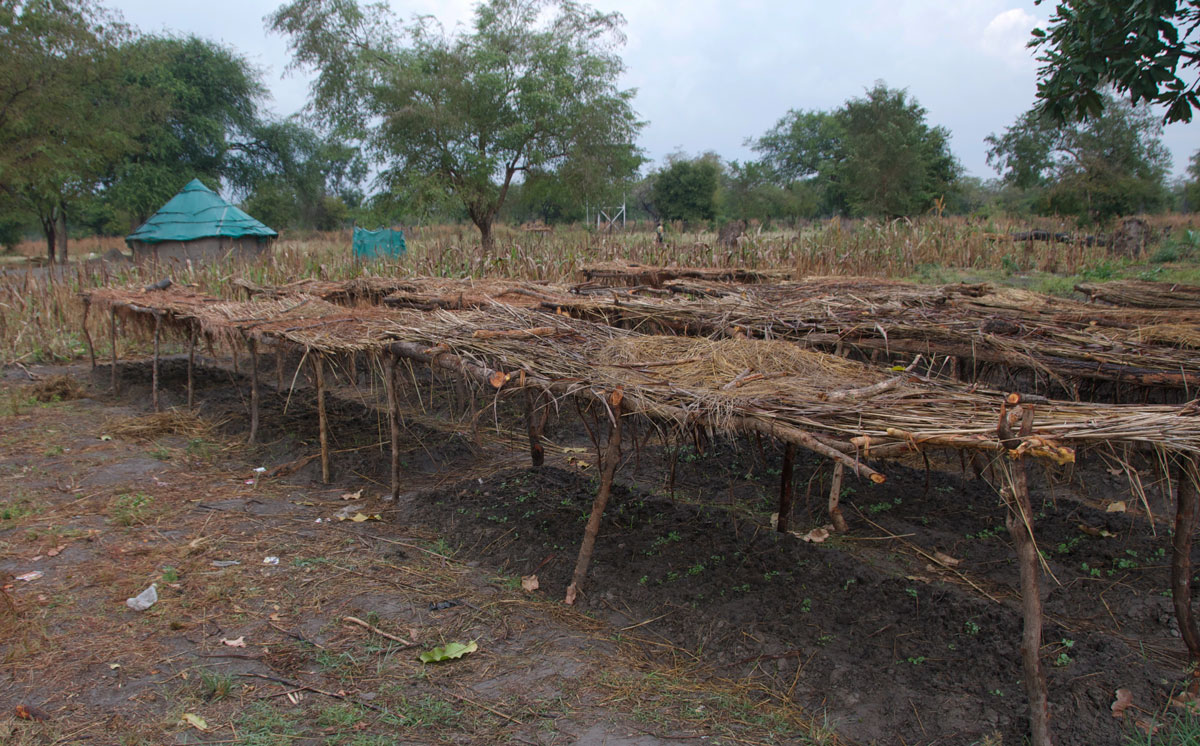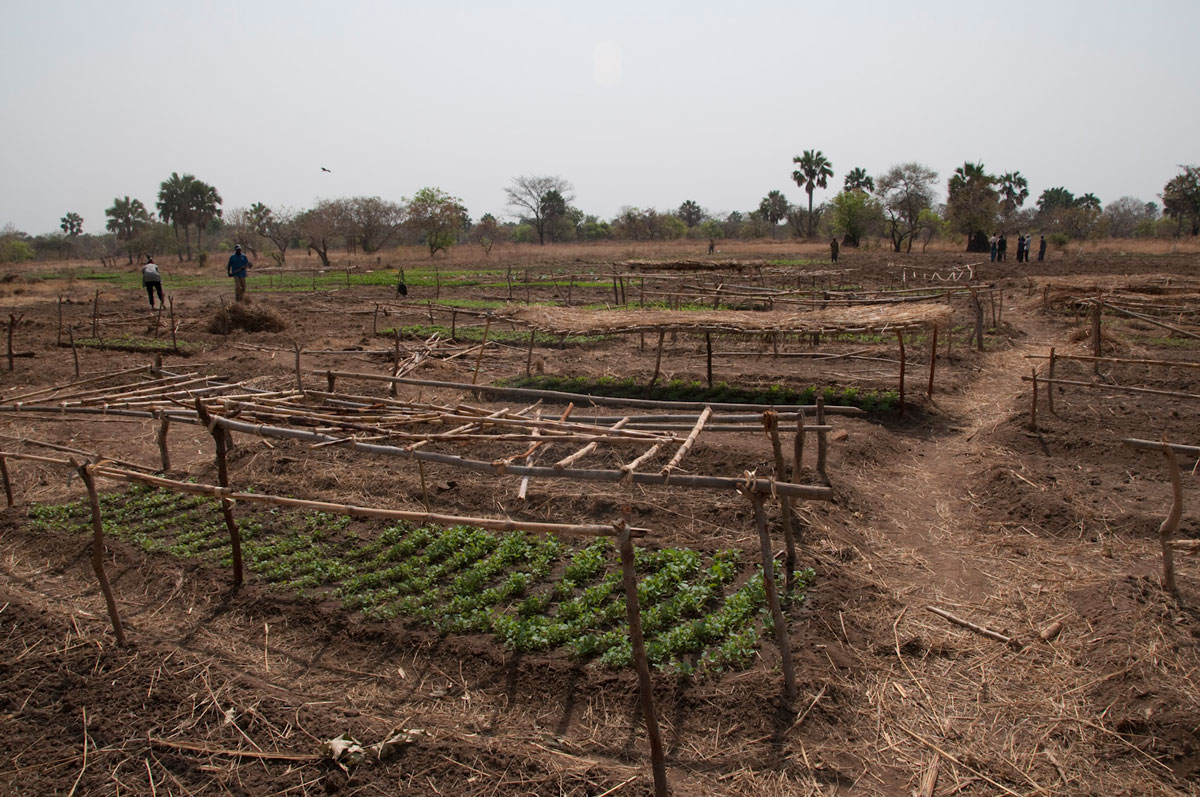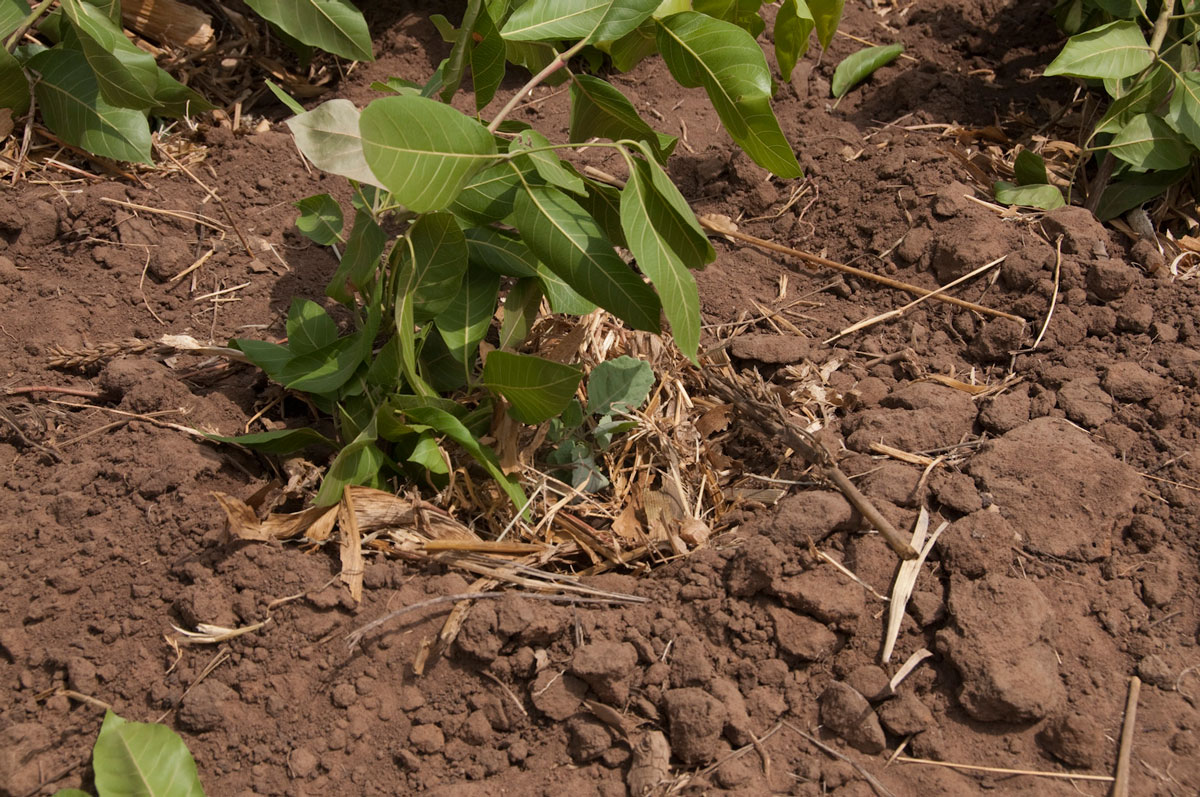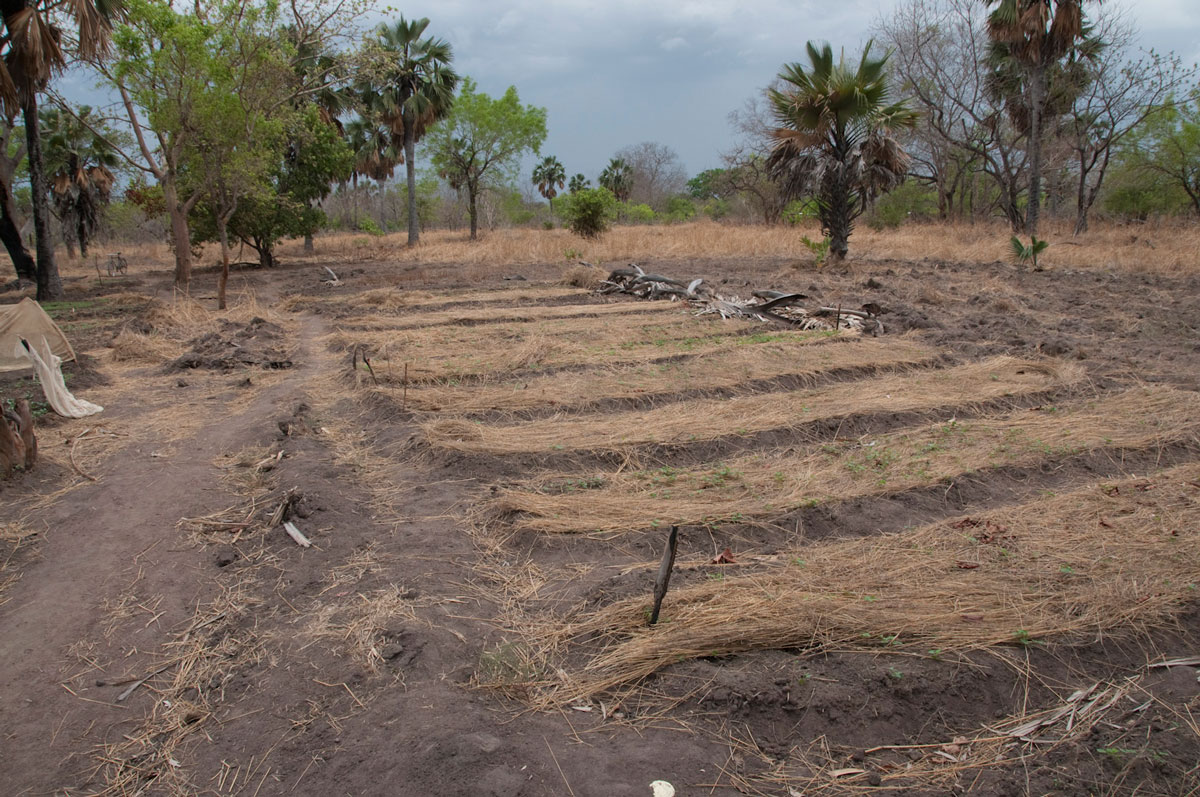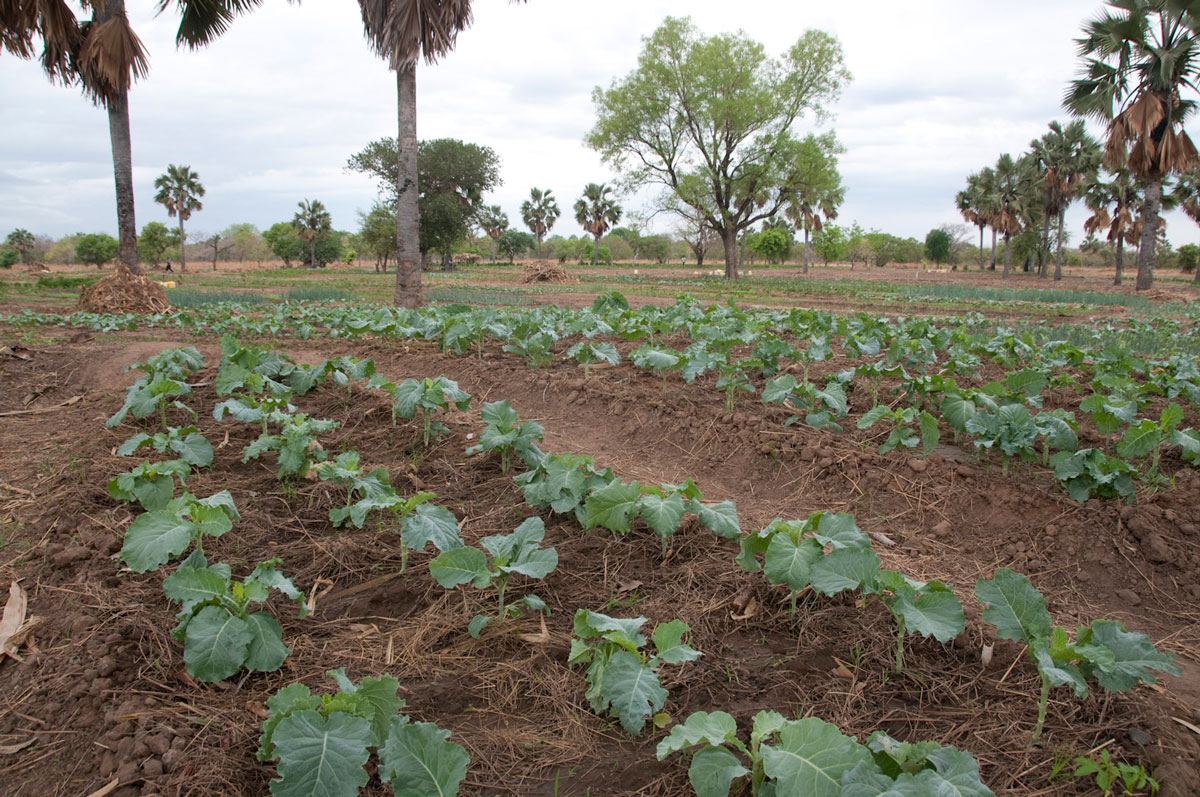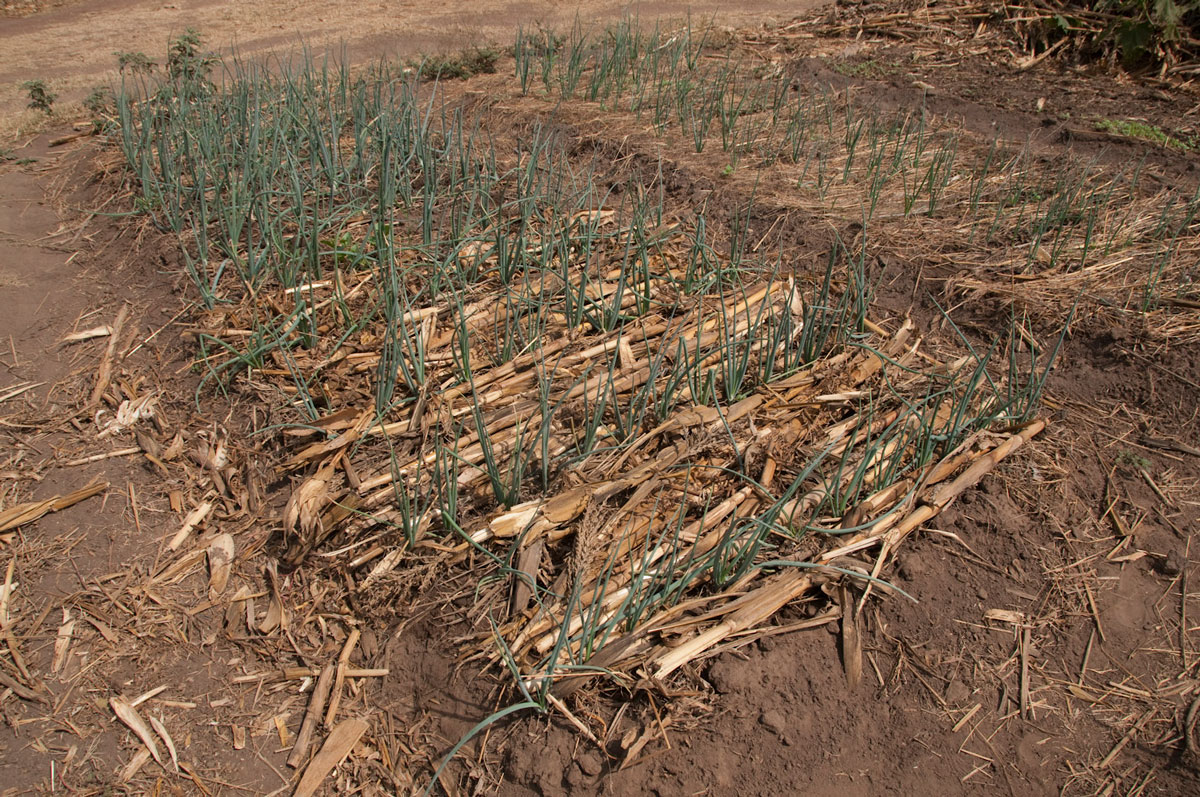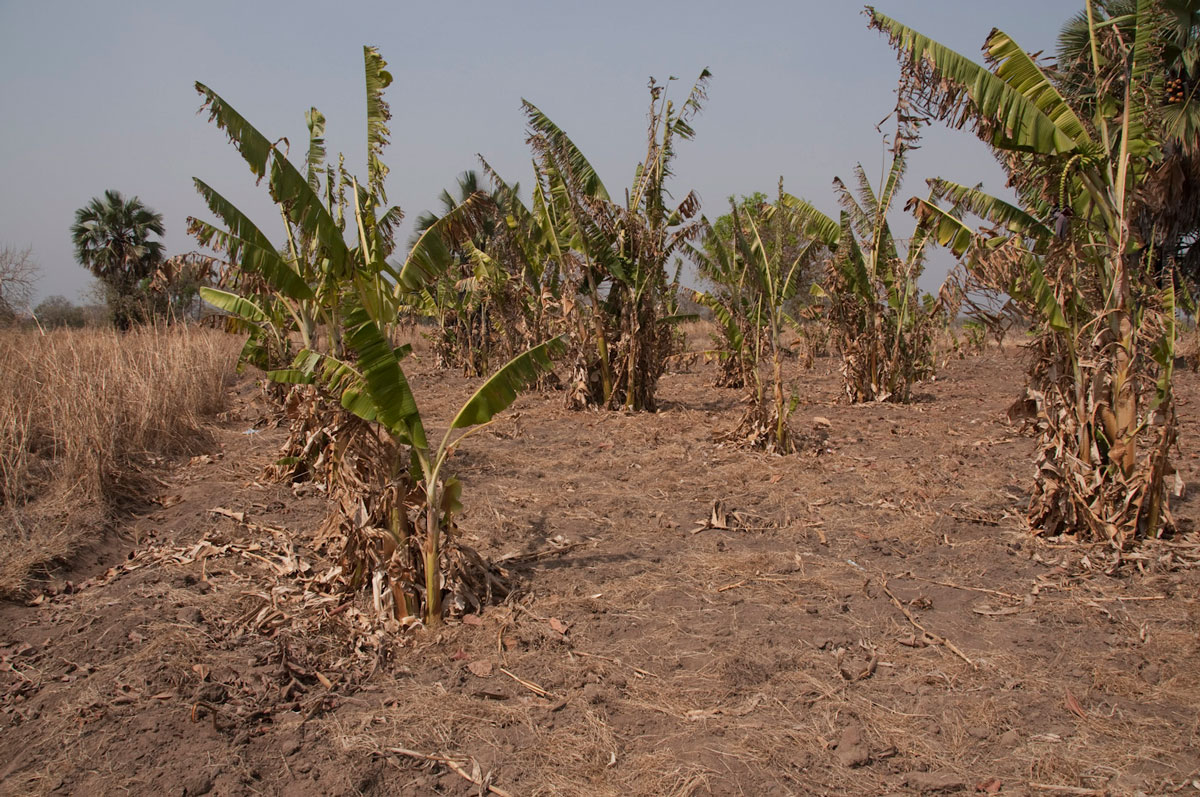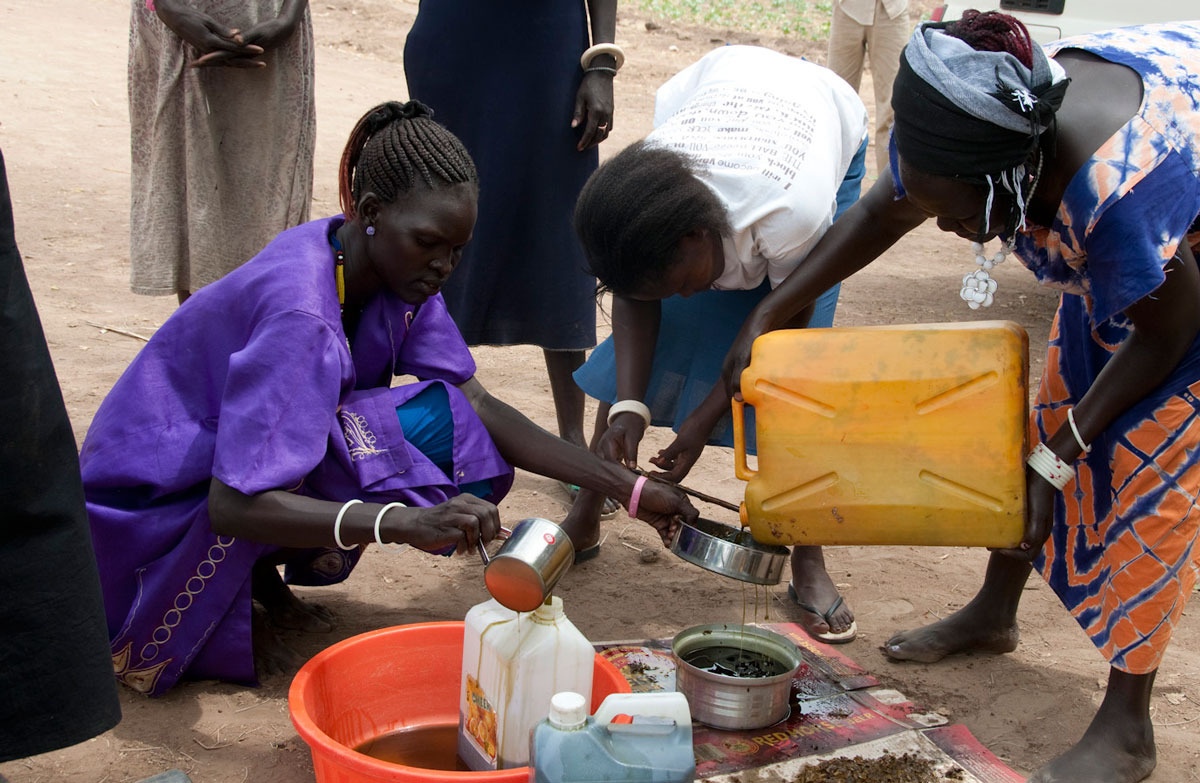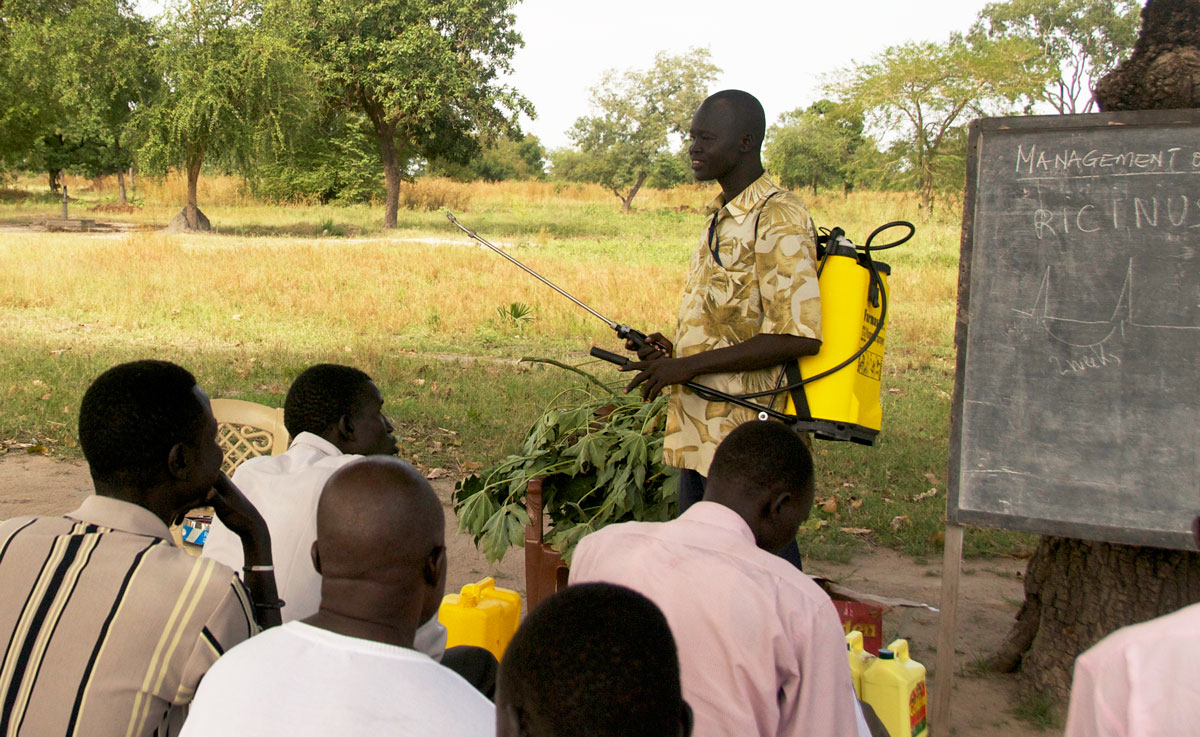Off-season crops: a technical challenge
We call off-season crops, crops that are cultivated out of the usual season – meaning, out of the rainy season.
They are managed in tropical areas during the dry season. Very often, they are done in family yards or in women’s group plots located close to a water source.
They have a high nutritional value, providing fresh food during the dry season (which could be 9 months long), when all other food available is dry food (cereals and leguminous).
The main technical challenge will be to protect them.
The fence: a key factor
Managing off-crops without a good fence is not possible. It is really important to protect the cultivated plots from cattle running free during dry season (cow, donkey, goat…) and from wild animals like antelopes. All these animals are very much attracted by the green parcels in the middle of a dry area where there is few or nothing to eat.
Very often, the women build the fence with thorny plants and local materials from the immediate environment.
Specific care must be taken when building these fences as well as afterwards with regular maintenance. One hole in it and the cattle will eat and destroy the crops.
Wind: a major issue
Very often the dry season is also the windy season. A strong and warm wind is present, drying all crops.
It is necessary to install windbreaks to protect the crops. The “multi-stage hedges” give the best protection, providing shade for crops and nitrogen in the soil if the trees are leguminous.
These hedges should be located around the plot as well as inside the plot to get a real agroforestry system.
An excess of sun: some adjustments are needed
The dry season is also often a season with an excess of sun. Some crops – with local plants – can resist this sun exposure. But the main plants cultivated for market gardening need less sun / more fresh environments; at least at their young stage.
It is necessary to protect the young plants with shade houses. These must be adjusted every day depending on the growth of the plants; too much shade extends plants that then become fragile – too much sun, burns or dries the plants.
Keeping trees in the plots also provides a shade that moves from one crop to another, avoiding an excess of sun exposure. The best is to work on an agroforestry system, mixing crops and trees.
Evapotranspiration: to be reduced at a minimal level
During the dry season, the environment is warm and dry; the crops’ evapotranspiration is at the highest level. This means a high need for water. If this need is not satisfied, crops will dry out.
In addition, during this dry period, the soil also presents a high level of evapotranspiration. That reduces the humidity on the surface of the soil and increases the risk of drying for the crops.
It is necessary to fertilize the soil with compost, which will act as “a sponge” in the soil, keeping humidity in and available for the crops.
It is also necessary to protect the surface of the soil with a mulch, to keep it fresh and humid and to avoid the surface crusting.
Pest attacks: to be controlled
Most pests have nothing to eat during the dry season in their natural environment. So, gardens of off-season crops attract the attention of these pests.
It is necessary to protect these crops. This can be done by disorienting the pests with aromatics plants, by mixing the crops for a mutual protection and by keeping some wild bands of soil as a natural environment to facilitate the reproduction of the pests’ predators.
Very often, it is also necessary to make natural pesticides with local plants and to organize sanitary rounds to detect the pests’ attacks as soon as possible.
Beautiful results despite these difficulties
Most women who cultivate these collective gardens have never had access to this technical knowledge that would ease the growth of off-season crops.
As a consequence, there are some difficulties and damages to the gardens.
However, in most cases, the women’s tenacity, their courage and their mutual aid allow them to acquire very good results.
The harvested crops balance the family diet during dry season and provide incomes for the women through the sales of the extras in local markets.
These crops really have a strong positive impact at the nutritional level and socio-economic level for the communities.
They serve as vectors of development for the women.
